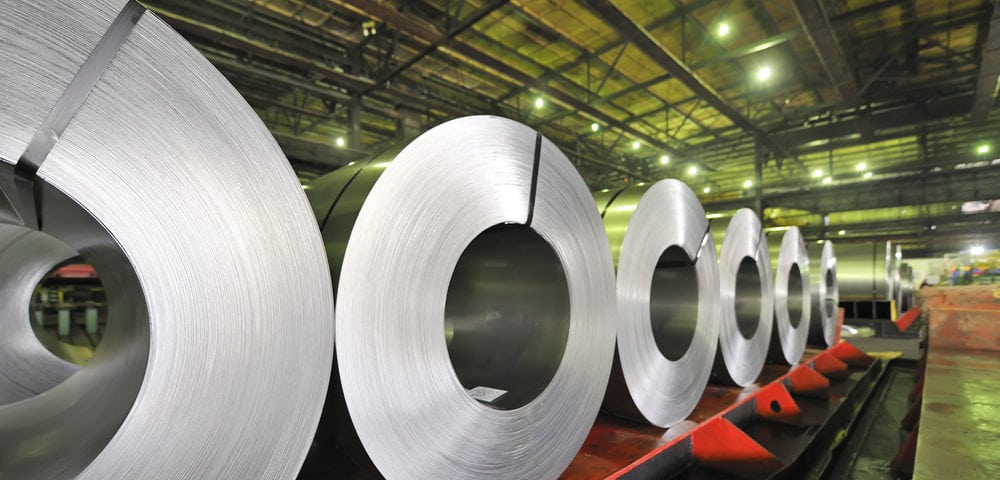White Rust Basics and Prevention

Primer on Galvanneal Steel
September 1, 2018
Annealing Heat Treatment Process, Part 1
September 19, 2018We’ve talked regularly in this space about the galvanizing process for steel, one that involves coating metal with a thin layer of zinc to help protect it from the environment and the risk of corrosion. There are several different galvanizing formats possible, and also several possible issues that may arise during these various processes.
At Wasatch Steel, our steel services include helping you process our steel materials in any way you require – and assisting with any possible issues that come up. One such issue during certain galvanizing processes is known as “white rust,” which is an actual layer of rust formed by the zinc that’s supposed to be protecting you from that kind of corrosion. What is white rust, how does it affect steel projects, and how can you prevent it during the galvanizing process?
White Rust Basics
White rust is so named due to its white, chalky nature. It’s created when zinc, which is used to coat various forms of metal, is exposed to hydrogen and oxygen, leading to the formation of zinc hydroxide.
If you’re familiar with rust and corrosion, this term may sound familiar – it’s not far off from iron oxide, which is perhaps the most common form of rust out there. The difference here, though, is that zinc hydroxide can only form on zinc or zinc-coated materials.
White Rust Formation and Downsides
As we noted, white rust forms after an interaction between zinc and hydrogen plus oxygen. The most common occurrence here is when newly galvanized metal comes into contact with water or hydrogen dioxide – white rust is most likely to form directly after the galvanizing process has taken place, as the zinc coating is still forming into stable oxides and has not finished this process completely.
It’s also common to see white rust when storing galvanized sheet metal. Moisture or condensation can often become trapped between single sheets here, creating the interaction that forms white rust. When storing recently galvanized steel sheet, be sure to remove all possibility of moisture to avoid white rust.
Preventing White Rust
There are a few simple steps to take to ensure you won’t deal with white rust when galvanizing steel:
- Prevent water exposure: Do your best to increase airflow around the zinc-coated metal. You can also look to increase metal temperature to keep moisture away, or consider lowering the humidity of the room where these metals are stored.
- Don’t allow condensation to form: The primary thing to avoid here is bringing cold zinc into a warmer pace – this leads to condensation and white rust.
- Use passivating chemicals or oils: These are chemicals or liquids that create an active barrier between zinc and any possible water, lowering the chances that zinc will interact with hydrogen and oxygen. Be careful, though, as these oils can evaporate quickly and are not a long-term protector.
- Stable oxides: If zinc is given the time to form stable oxides on its surface before its exposed to wet environments or those with lots of hydrogen, this significantly lowers the risk of the zinc hydroxide process taking place. Just let the galvanized metal age for a bit in a low-humidity area. Another tactic to increase the speed of stable zinc oxide formation is increasing the carbon dioxide that it comes into contact with.
For more on avoiding white rust after galvanizing steel, or to learn about any of our custom steel products or services, speak to the pros at Wasatch Steel today.


